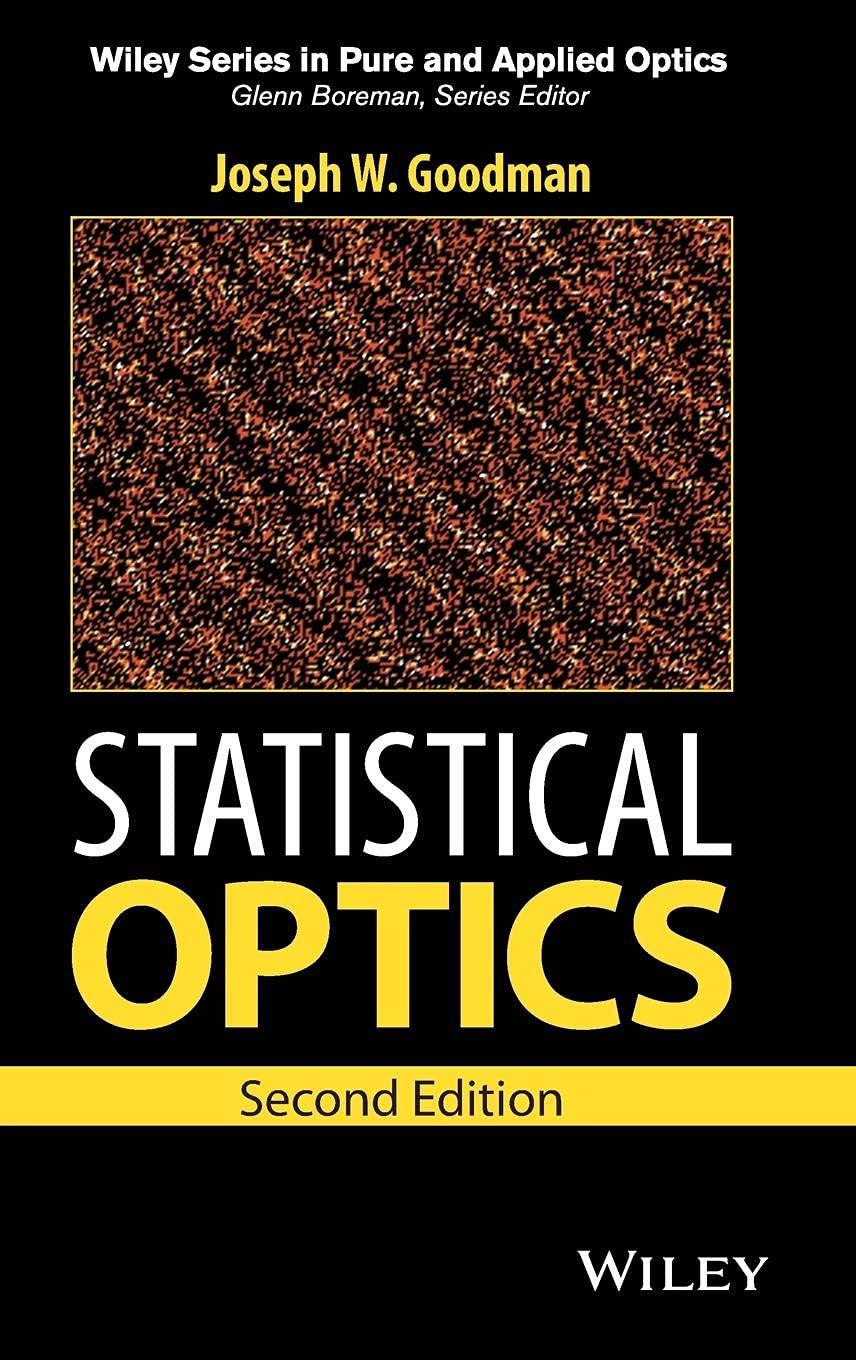In the optical system shown in Fig. 7-4p, a square incoherent source ( (L times L) meters)
Question:
In the optical system shown in Fig. 7-4p, a square incoherent source ( \(L \times L\) meters) lies in the source plane. The object consists of two pinholes separated in the \(\xi\) direction by distance
\[ X=\frac{\bar{\lambda} f}{D} \]
where \(\bar{\lambda}\) is the mean wavelength, \(f\) is the focal length of all the lenses, and \(D\) is the width of the square pupil plane aperture. The image intensity is observed in the \((u, v)\) plane.

(a) What source dimension \(L\) produces the largest dip of intensity at the center of the image?
(b) For the source size found in part (a), what is the ratio of the intensity at location \((u=X / 2, v=0)\) to the intensity at \((u=0, v=0)\) ?
(c) Compare the result of part (b) to the ratio that would be obtained if the pinholes were illuminated with complete incoherence.
(d) Calculate the ratio of \(I_{i}(X / 2,0)\) to \(I_{i}(0,0)\) when the pinholes are illuminated with perfect coherence.
Step by Step Answer:






